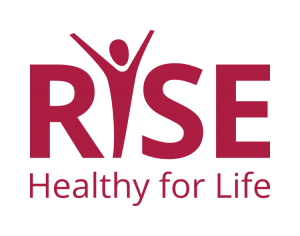New to teaching sexual and reproductive health education? Need a refresher? This highly interactive training prepares participants to teach sexual and reproductive health topics to youth. Participants discover new ways to engage youth in learning about anatomy, physiology, contraception and sexually transmitted infections. They also explore how values influence teaching of sensitive topics and practice answering common student questions. Facilitators also work with participants to help them understand local and state sexual health education policies and strengthen their role as a critical resource for youth.
Objectives of this course:
- Describe protective and risk factors, including stigma, associated with adolescent pregnancy and sexually transmitted infections.
- Describe youth-friendly resources related to adolescent sexual and reproductive health.
- Communicate useful and relevant content about anatomy, physiology, contraception and sexually transmitted infections.
- Apply a variety of strategies and activities for teaching sexual and reproductive health.
- Address how values and attitudes affect teaching sexual and reproductive health.
- Implement action steps to engage with the school and community to deliver high quality sexual and reproductive education.
Visit ETR's Training & TA Form to submit your request and receive cost information.





